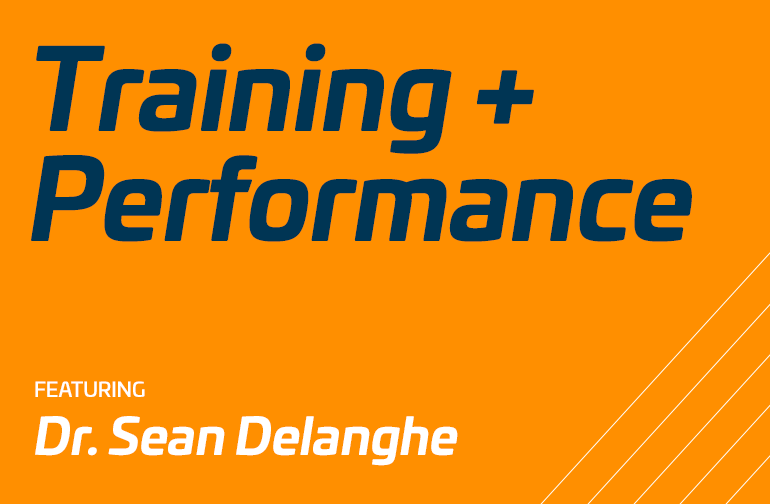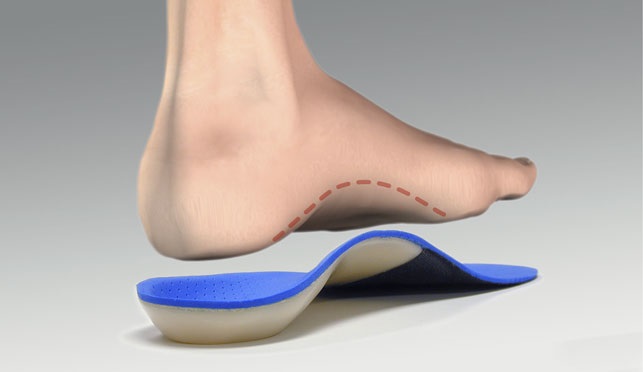Racing Flats: How light is light enough?
Last month I wrote about how much of a difference light shoes make. In summary, the study I referenced showed losing 100g/shoe will result in just under a 1% improvement in running economy (RE) as long as all other features remain equal.
At Health & Performance, this article generated a lot of good question s. The main ones revolved around if it was good to race in the LIGHTEST shoe possible.
s. The main ones revolved around if it was good to race in the LIGHTEST shoe possible.
In response, I discussed the importance of features such as cushioning providing a boost in RE. Utilizing a shoe that completely lacks cushioning will provide a boost from lost weight, but this change will be at the expense of the spring-like action from that missing cushioning.
Where is the perfect balance?
Once I explained this, the next question became: Where is the perfect balance? How much weight in cushioning is worth it, and just how much of a boost does it provide?
My easy answer was/is to go with a lightly cushioned racing shoe that feels comfortable, and to not worry about the rest. My favourite is the New Balance 1400, which comes in at just over 200g/shoe, but does have some cushioning. The cost of that 200g, I assumed, would be more than offset with the benefits that the 200g provided. That being said, in a world where we strive to be pro-science, evidence-based and anti-fake news, I wanted to dig a little deeper to provide a more clear and proven answer.
What is light enough?
